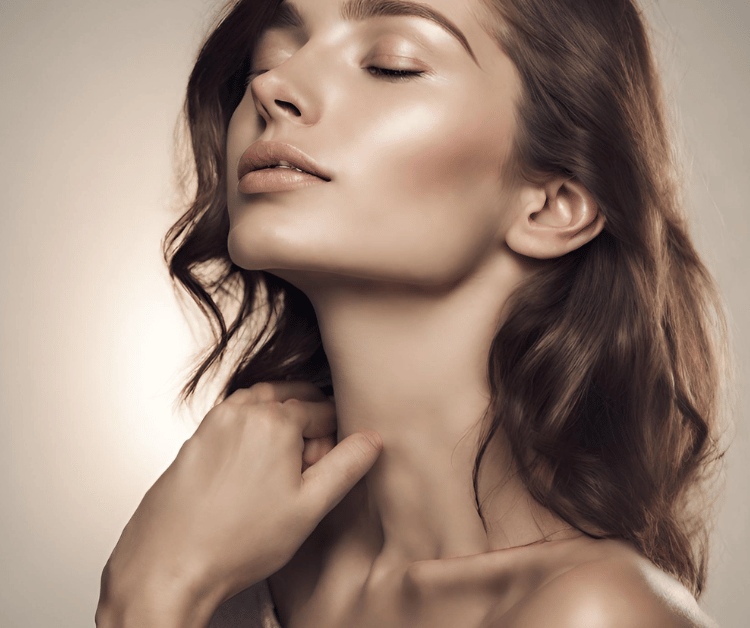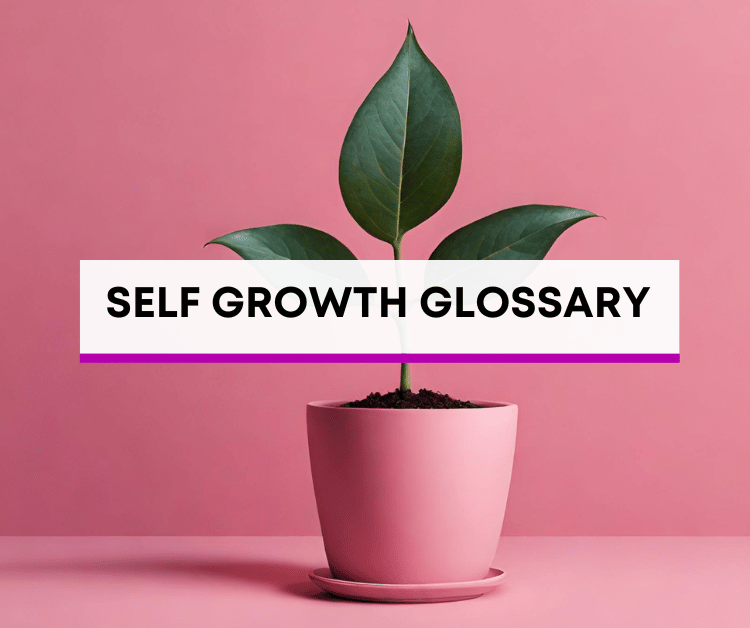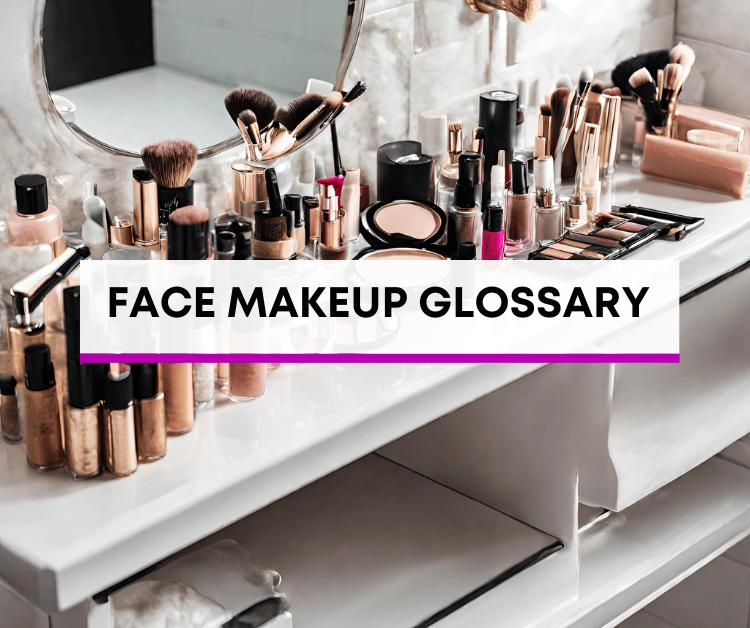Do you often find yourself reaching for blotting papers or powder throughout the day to combat that unwelcome shine on your face?
Is your makeup constantly slipping and sliding, leaving you feeling frustrated?
If so, you might have oily skin, a common skin type that comes with its own set of challenges.
In this blog post, we’ll explore the top five signs of oily skin and offer some helpful tips to manage and embrace your skin type.
What is the Oily Skin Type?
Oily skin is a skin type where you’ll often notice a persistent shine on your face. Now, the science behind this shiny struggle boils down to overactive sebaceous glands.
These little glands are the oil-producing powerhouses of your skin, keeping it naturally moisturized.
But in the case of oily skin, they kick into high gear, producing more oil than your skin actually needs. That excess oil can clog your pores and become the root of issues like acne, blackheads, and those frustratingly enlarged pores.
It’s a mix of genetics, hormones, and environmental factors that come together to make your skin a bit of an oil slick, but fear not, there are ways to manage it and embrace your natural glow.
*As an Amazon Associate, we earn from qualifying purchases at no additional cost to you.
Key Characteristics of Oily Skin
There are 5 key signs that point to the oily skin type. Theses include: excess shine, makeup slippage, oilyness that increases throughout the day, oilyness that gets worse in heat, and lack of dryness.
1. Excess Shine
One of the most prominent characteristics of oily skin is the constant sheen or shine that can appear on the surface.
This is the result of overactive sebaceous glands, which produce more oil than your skin needs.
While some shine is natural and healthy, excessive oil production can leave you feeling like your skin has its own built-in spotlight.
Management Tip: Choose oil-free, mattifying products like cleansers, moisturizers, and makeup to help control the shine. Blotting papers are also handy for a quick fix during the day.
2. Makeup Slippage
If your makeup tends to melt away within hours of application, it’s likely a sign of oily skin.
Oily skin can cause your foundation to break down and your eyeshadow to crease, making it a constant battle to keep your makeup in place.
Management Tip: Use a mattifying primer before applying makeup to create a smooth, oil-free canvas. Look for long-wear and oil-free makeup products to help your makeup last longer without sliding.
3. Oilyness That Get's Worse Throughout the Day
Many people with oily skin notice that their skin gets even oilier as the day progresses.
You may start your morning with a fresh face but find yourself blotting away excess oil by midday. This can be frustrating and affect your confidence.
Management Tip: Carry blotting papers in your bag for quick touch-ups. You can also apply a lightweight, oil-free moisturizer in the morning to help regulate oil production.
4. Oilyness That Get's Worse in Heat
Oily skin can become even more challenging in hot and humid weather. The combination of heat and moisture can intensify the shine, making it a summer woe.
Management Tip: During warm months, opt for lighter, oil-free skincare products. Don’t forget to wear sunscreen to protect your skin, but choose a non-comedogenic, oil-free sunscreen to avoid clogging pores.
.
5. Never, or Rarely, Experience Dry Skin
Perhaps the most telling sign of oily skin is that you rarely experience dryness.
Oily skin types tend to remain consistently hydrated, thanks to the natural oils. While this can be an advantage in terms of aging more slowly, it can also be a challenge when it comes to managing excess oil.
Management Tip: Embrace your skin type and avoid over-drying it with harsh products. Opt for gentle cleansers and lightweight moisturizers that balance your skin without stripping it of essential oils..
Conclusion: Oily Skin Type
In conclusion, having oily skin is not a curse, but rather a unique skin type that requires specific care and attention.
By understanding the signs of oily skin and implementing appropriate skincare and makeup routines, you can manage the shine and achieve a beautifully balanced complexion.
Remember that everyone’s skin is different, so what works for one person may not work for another.
Experiment with different products and routines to find what works best for you, and don’t be discouraged by the occasional shine – it’s all part of your natural, healthy glow!




